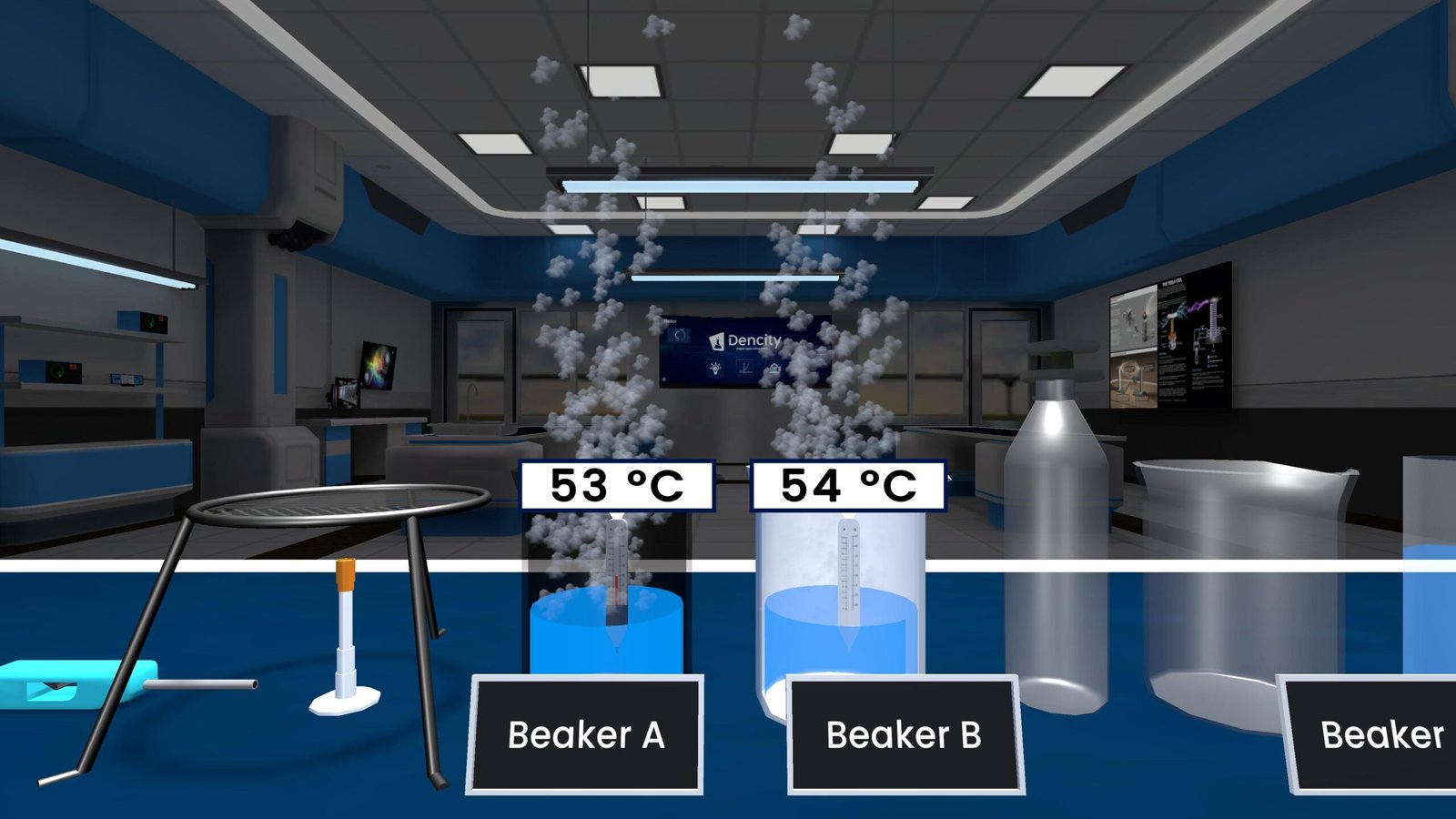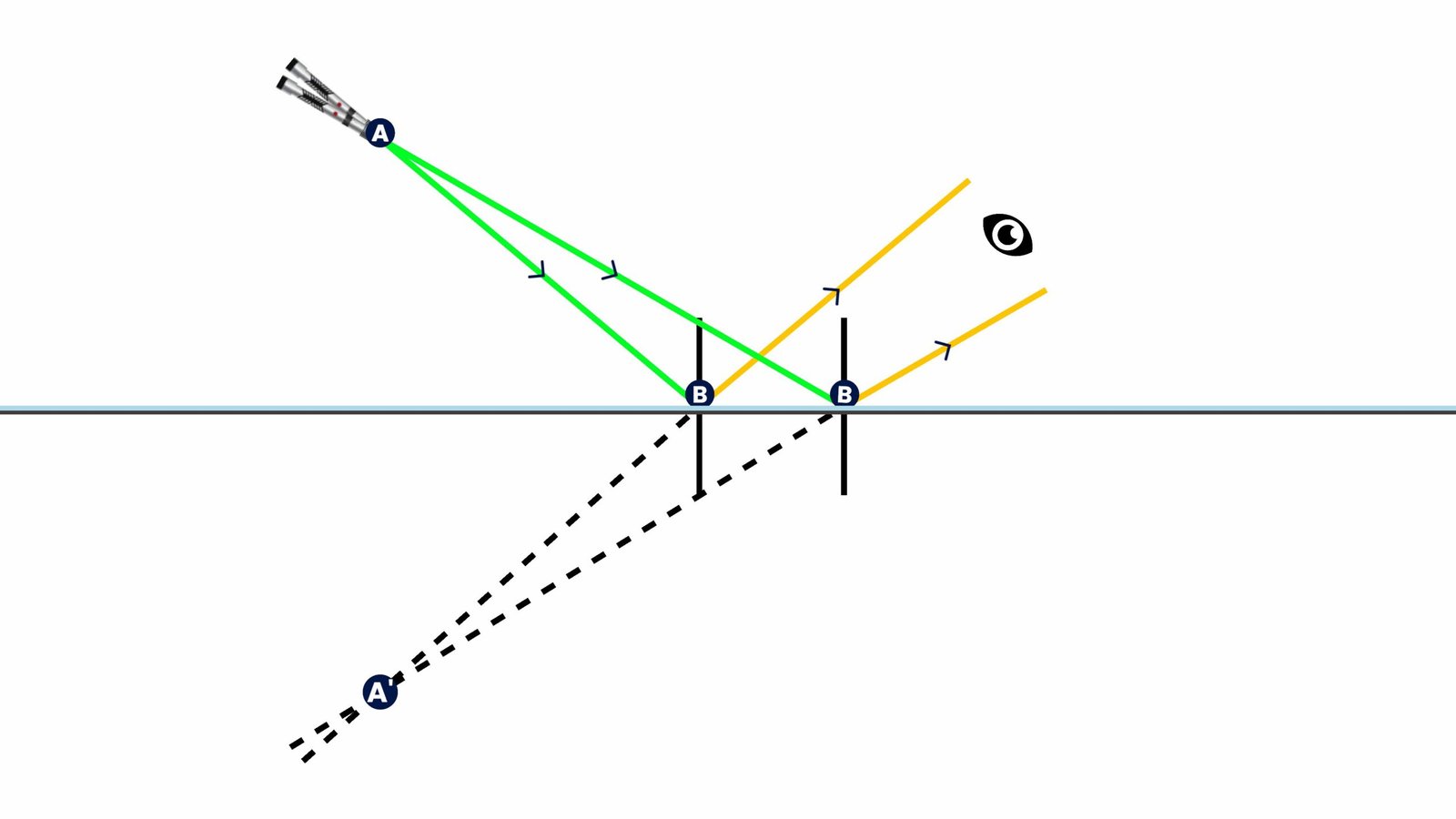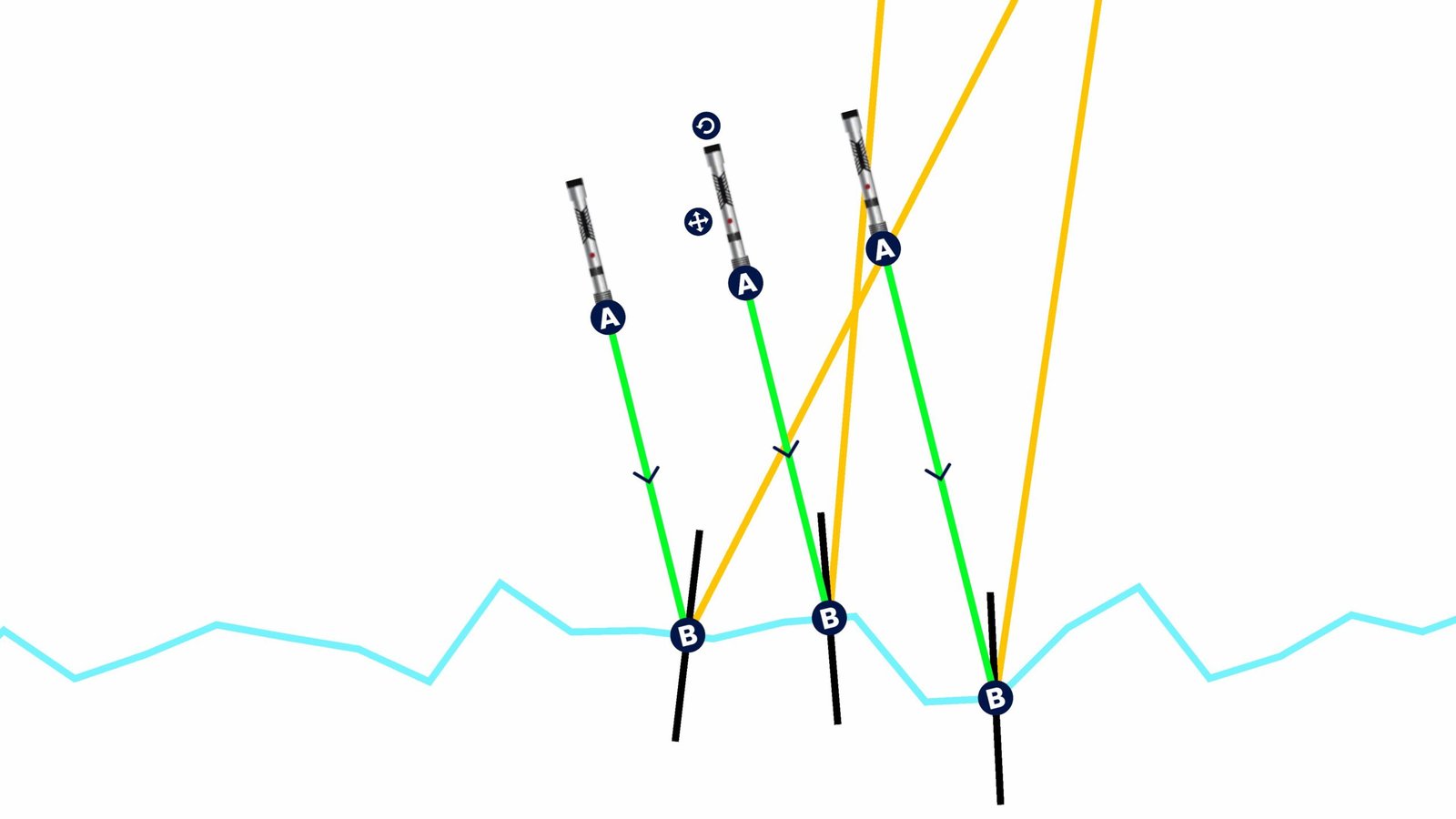Gravitational Potential Energy: Energy Stored Due to Height
Gravitational potential energy (GPE) is the energy stored in an object due to its height above a reference point, typically the ground. It arises from the gravitational pull of the Earth and is a form of mechanical energy.
Theory for Class 9 Science
The formula for gravitational potential energy is:
U = m × g × h
Where:
- U = Gravitational Potential Energy (in joules, J)
- m = Mass of the object (in kilograms, kg)
- g = Acceleration due to gravity (9.81 m/s² on Earth)
- h = Height from the ground or a reference point (in meters, m)
Key Concept:
- The higher an object is lifted, the more potential energy it gains.
- More massive objects store more energy at the same height.
- Potential energy is converted into kinetic energy when the object falls.
Real-Life Applications
- Hydroelectric power plants: Water stored at a height in dams has potential energy that converts into electricity.
- Roller coasters: Gain potential energy at the top, which becomes motion at the bottom.
- Pendulums: Store and release potential energy to keep swinging.
Observations from the Experiment
- Increase in mass → increase in potential energy.
- Increase in height → increase in potential energy.
- Greater gravitational pull (on other planets or altitudes) → more energy.
- When released, the stored energy becomes kinetic, following energy conservation laws.
Conservation of Potential Energy
Gravitational potential energy depends only on the final height, not the path taken to get there. Whether lifted vertically, along a curved path, or a zig-zag ramp, the energy stored remains the same if the height is the same.
| Path | Height (m) | Potential Energy (J) |
|---|---|---|
| Straight lift | 5 | 490.5 |
| Curved path | 5 | 490.5 |
| Zig-zag path | 5 | 490.5 |
Explore Gravitational Potential Energy with Dencity
With the Dencity virtual lab, students can:
- Change the mass and height of objects.
- Instantly calculate and observe potential energy values.
- Simulate free fall to watch energy convert to kinetic energy.
- Compare paths taken and see how only height affects energy.
This concept is a key part of the Class 9 Science syllabus and can be accessed on Android, iOS, and desktop through the Dencity app.
Dencity for Teachers
Dencity enhances interactive teaching with:
- Live simulations showing U = mgh in action.
- Graphs and tables for energy vs. height/mass.
- Auto-evaluation and student analytics.
- Collaborative classroom sessions using virtual tools.
Perfect for Interactive Panels
Dencity supports touch-based interaction on smart panels. Students can drag objects up and down, set masses, and watch energy values update live, making the abstract concept visual and tangible.
Request a Demo or Get Custom Pricing
Interested in bringing dynamic science experiments to your school? Contact us today for a free demo and get custom pricing based on your needs.
Frequently Asked Questions
- What is gravitational potential energy?
Energy stored in an object due to its height above ground. - Does the path taken to the height matter?
No, only vertical height affects gravitational potential energy. - What unit is potential energy measured in?
Joules (J). - What happens to potential energy when an object falls?
It is converted into kinetic energy. - Can I simulate this in Dencity?
Yes, with real-time mass, height, and energy calculations. - Is this in the Class 9 syllabus?
Yes, part of Work and Energy chapter. - Can students explore different planets’ gravity in Dencity?
Yes, by adjusting gravitational acceleration. - Is this safe to perform in a classroom?
In Dencity, yes—no physical setup or risk involved. - Can teachers assign this for homework?
Yes, with auto-check and progress tracking. - How do schools get started with Dencity?
Book a demo and explore customized classroom integration.







